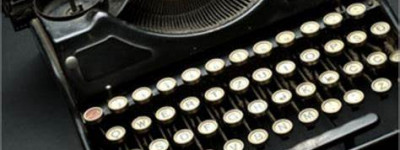-
Try to address a correspondence to a specific person rather than “To Whom It May Concern.” If you do not have a name, check out the OCS Employer Directory within the Yale Career Link to see if OCS has a contact name. Be sure you have the person’s full name, correct spelling of their name, and current title. If you cannot find a name, consider using “Dear Hiring Manager”.
-
Start each letter with a salutation (i.e., Dear Ms. Employer:). If you are unsure about the recipient’s gender, type out the full time (i.e., Dear Pat Pollen:).
-
Previous etiquette suggested that cover letters include your return address, telephone number, e-mail address, the date, and the full name, title and address of the recipient. Given the shift towards electronic application materials instead of paper materials submitted through the post, current recommendations are to include your email address, phone number, and LinkedIn URL if you have one (consider using the same header from your resume on the top of your cover letter), the date, and no contact information for the recipient.
-
In general, your letter should contain no more than three to four paragraphs, with double space between paragraphs. The introductory and concluding paragraphs should be between one and three sentences, and the body paragraphs should be between three and five sentences. Vary the sentence length and structure throughout your letter to ensure a smoother flow.
-
Close your letter with Sincerely, Yours truly, or Best regards, followed by your name. If you are submitting a hard copy, use resume-quality paper, and sign each letter individually (leave four returned blank lines before your typed name). Make sure the letter looks professional. Align all of your information to the left margin, and use a clear, easy to read font, such as Arial or Times New Roman.




